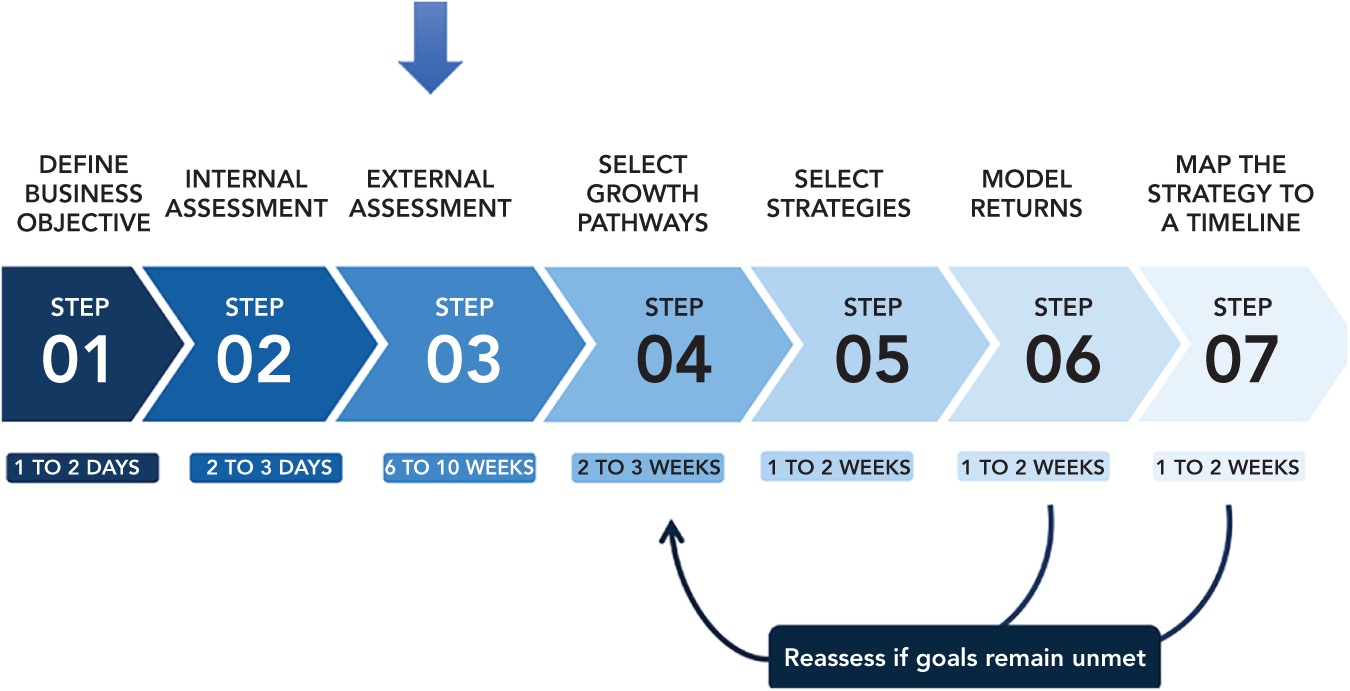CHAPTER 11External Assessment: Step 3: Understanding the Terrain We Will Fight On and the Foes We Will Face

In this step, we determine both the terrain of the battlefield and the creatures we are up against. The PECC (political, economic, customer, and competitor) landscape is considered, so the growth strategies account for the current and future customer requirements and competitive pressures in a given market.
Pat Burns, Gibraltar’s Chief Operating Officer:
This is really important. You want to have significant secular trends, macro trends that will give you above‐GDP growth just by showing up. It’s a heck of a lot easier for a team to grow and expand profitability in a growing market. If you are fighting volatility, cyclicality, headwinds, it’s just 10 times worse, so we look for markets where ideally everything is in the control of our team.
You want to minimize the external factors on outcome. You want to avoid volatility. One avoids cyclicality. Knowing ourselves, being self‐aware, we avoid markets with rapid technology cycles, because we’re not good at that. So, we want to play in markets where technology cycles are long, and we can see them coming and then we can grind our 1½ market times market performance without getting blindsided. So, there are a number of attributes that we look at market consolidation, in structure, more consolidated market. Rational competition ...
Get Growing the Top Line now with the O’Reilly learning platform.
O’Reilly members experience books, live events, courses curated by job role, and more from O’Reilly and nearly 200 top publishers.

